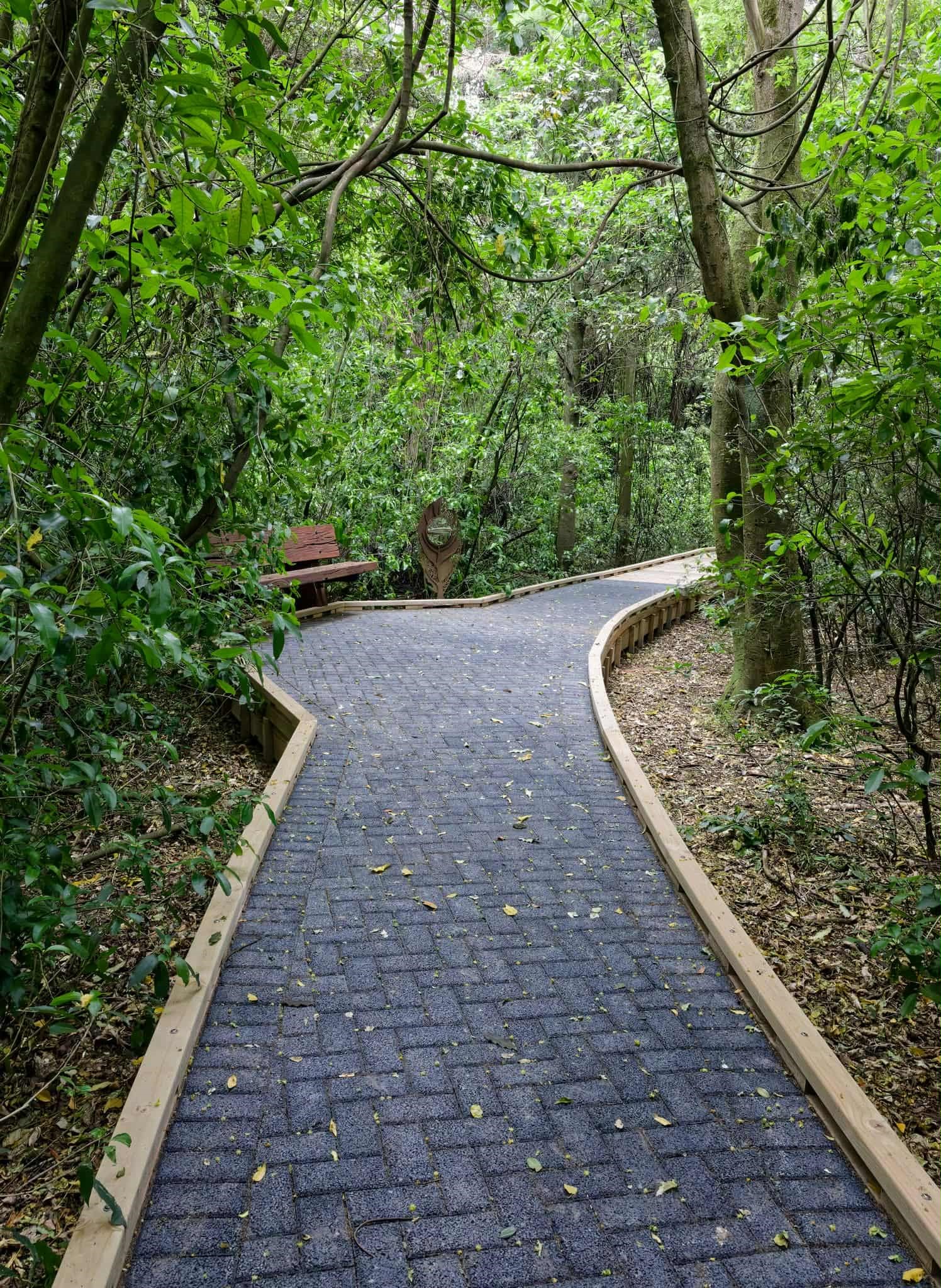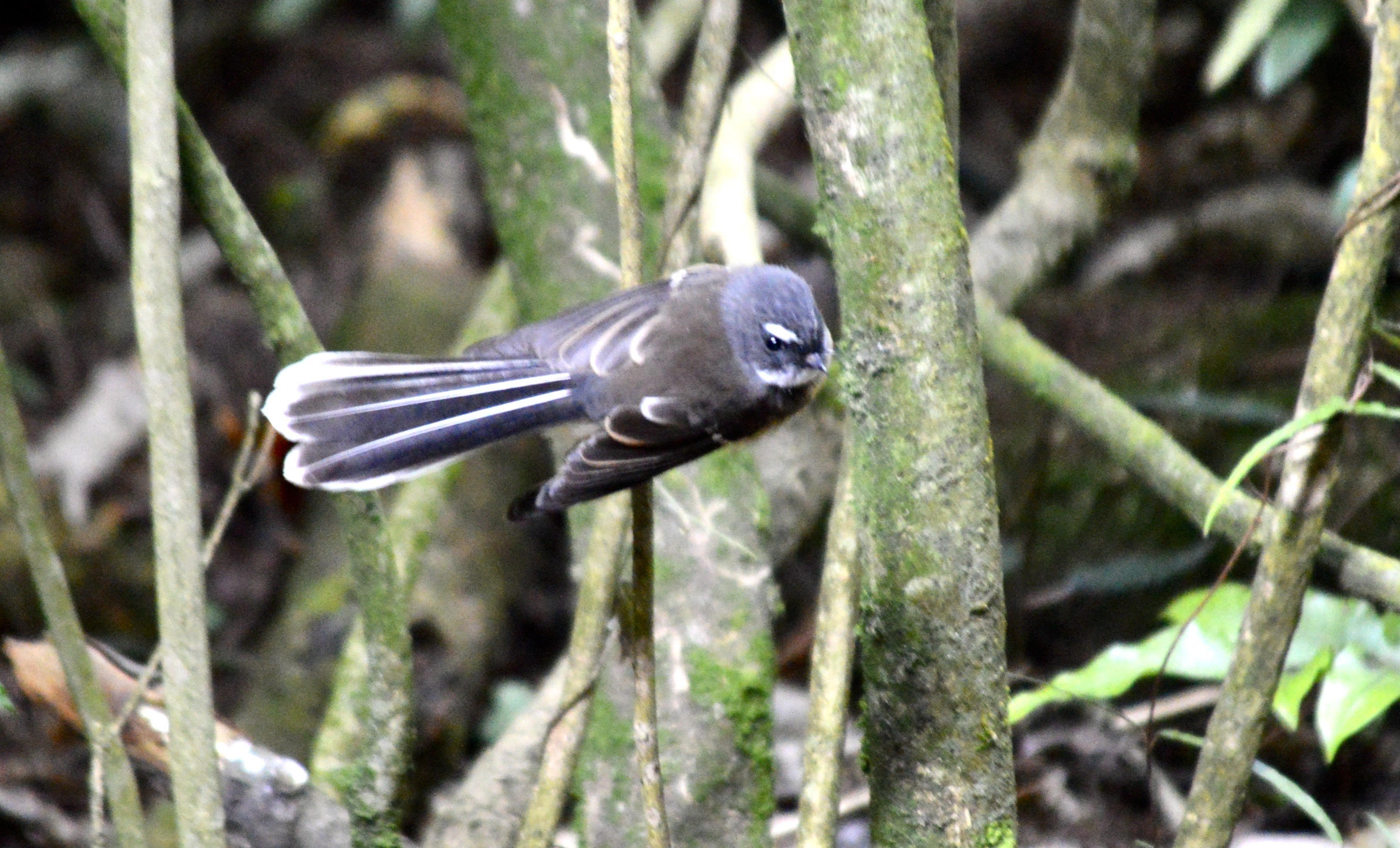Pūtaringamotu Riccarton Bush
Immerse yourself in the natural beauty of a native forest environment.

900 metres of accessible pathways
Here, one can marvel at trees that have stood for as long as 600 years and explore nearly 900 meters of flat, accessible pathways. As you meander through the landscape, the forest comes alive with the vibrant sights, sounds, and scents of native flora and fauna.
Stunning native wildlife
Keep an eye and ear out for the diverse array of native birds that inhabit this sanctuary, including the Kererū Wood Pigeon, Korimako Bellbird, Pīwakawaka Fantail, and Riroriro Grey Warbler. These birds, along with native insects and geckos, thrive here, protected by a predator-proof fence that encircles the forest.


Christchurch's natural treasure
Pūtaringamotu is not only a natural treasure but also holds deep ecological and cultural significance. It represents the largest remaining section of alluvial podocarp forest on the lower Canterbury Plains and Banks Peninsula, a forest type now rare and limited in extent. The site is a vital Mahinga Kai location for Ngai Tūāhuriri and marks the spot of the first permanent European settlement in Otautahi.
The name Pūtaringamotu itself is rich in meaning, interpreted as ‘the place of the echo’ or ‘the severed ear’. This reflects the forest's isolation from other woodlands and the local Māori belief that, in certain parts of the forest, one could hear people approaching from the surrounding swampland by listening closely to the ground.
A mission to preserve the bush
Gifted to the Christchurch community by the Deans family, the official transfer took place on 2 November 1914, as documented in the Riccarton Bush Act.
This act was established to ensure the preservation of the bush for the enjoyment and benefit of Christchurch's residents, a goal that continues to be realised through the dedicated efforts of the Riccarton Bush Trust and its operational staff.





